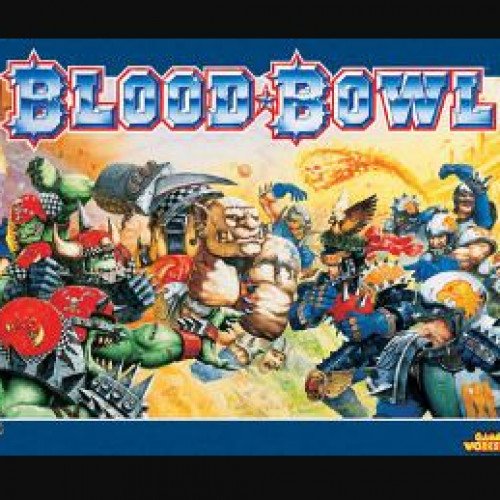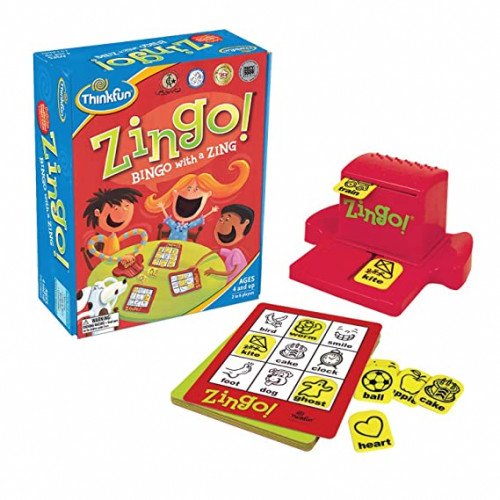BLOOD BOWL VS ZINGO!

BLOOD BOWL
Blood Bowl is a fantasy football game created by Jervis Johnson for the British games company Games Workshop as a parody of American Football. The game was first released in 1986 and has been re-released in new editions since. Blood Bowl is set in an alternate version of the Warhammer Fantasy setting, populated by traditional fantasy elements such as human warriors, goblins, dwarves, elves, orcs and trolls. In late 2016, Games Workshop released a new version of the game - the first in 22 years. It featured a double sided board and new plastic miniatures. In August 2020, Games Workshop announced the latest version of the game, titled Blood Bowl Second Season Edition, which features a significant overhaul of the rules. This version was released in November 2020 and included miniatures for two teams and referees, a board (pitch), templates and the rule book. The rule book was also available separately, both physically and digitally. Cyanide Studio confirmed that the next videogame adaptation, Blood Bowl 3, would use the new ruleset. Blood Bowl is a two-player, turn-based board game that typically uses 28 mm miniatures to represent a contest between two teams on a playing field. A board containing a grid overlay represents the field. Using dice, cards, and counters, the players attempt to score higher than each other by entering the opponent's end zone with a player who possesses the ball. The "Blood" in Blood Bowl is represented by the violent actions available to players. Game play is based on a hybrid of American Football and Rugby. Players may attempt to injure or maim the opposition in order to make scoring easier by reducing the number of enemy players on the field.
Statistics for this Xoptio

ZINGO!
Zingo! is a game inspired by Bingo released by ThinkFun in 2002. Players try to fill their Zingo! cards with matching tiles from the Zingo! "Zinger". In the game, the dealer slides the Zinger to reveal two tiles at a time. When a player sees a tile that matches a picture on his/her board, he calls out the name of the object and places that tile on the matching space on their board. If two players have that tile, the person who calls out the name of the object first gets the tile. The first player to fill his card wins. The Zingo cards allow for more or less competitive play. The green sides have less images in common with the other 7 boards and are therefore more relaxed and less competitive. The green sides, however, have many of the same images and make for more intense games between players.